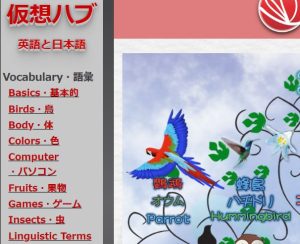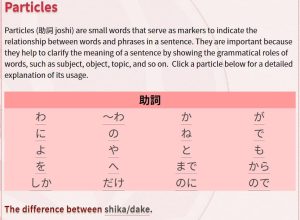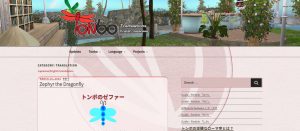The particle のに (noni) is a common grammar particle in Japanese that is used to express a contrast between the expected outcome and the actual outcome of a situation. It is often translated as “although,” “despite,” or “even though” in English. Here are some examples:
彼女は疲れていたのに、昨日遅くまで働きました。
Even though she was tired, she worked late yesterday.
私はお金を貯めていたのに、急に旅行に行くことになりました。
Although I was saving money, I suddenly decided to go on a trip.
In these examples, のに (noni) is used to express a contrast between the expected outcome (being tired, saving money, and studying) and the actual outcome (working late, deciding to go on a trip, and failing the test).
The particle のに (noni) can also be used to express a sense of regret or disappointment. In this context, it is often translated as “if only” or “I wish.” Here are some examples:
もう少し早く来てくれたら良かったのに。
I wish you had come a little earlier.
昨日のパーティーに行けば良かったのに。
I wish I had gone to the party yesterday.
In these examples, のに (noni) is used to express a sense of regret or disappointment about the past.
Finally, のに (noni) can also be used in a more emphatic way to express surprise or indignation. In this context, it is often translated as “despite the fact that” or “even though.” Here are some examples:
彼は犬を飼っているのに、犬が嫌いです。
Even though he has a dog, he hates dogs.
彼女は日本語を勉強しているのに、日本の文化に全然興味がない。
Despite studying Japanese, she has no interest in Japanese culture at all.
In these examples, のに (noni) is used to express surprise or indignation at the contrast between the expected situation (liking dogs or having an interest in Japanese culture) and the actual situation (hating dogs or having no interest in Japanese culture).
In summary, the particle のに (noni) is a versatile grammar particle in Japanese that is used to express a contrast between the expected outcome and the actual outcome of a situation, as well as a sense of regret or disappointment and a more emphatic expression of surprise or indignation.





